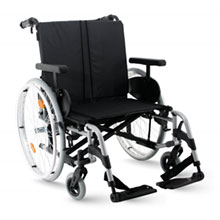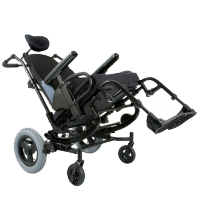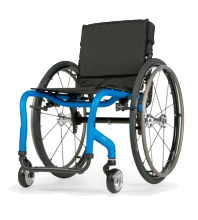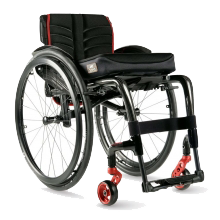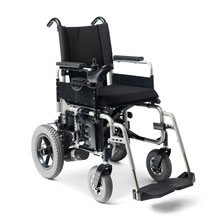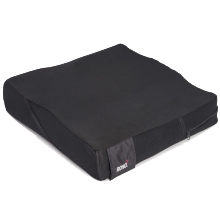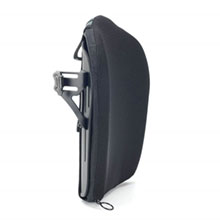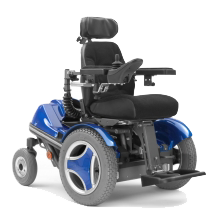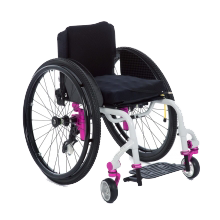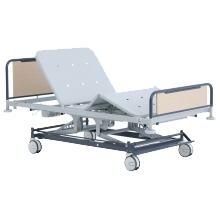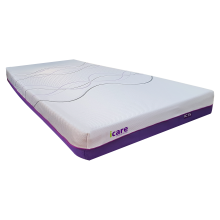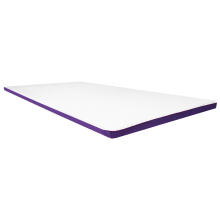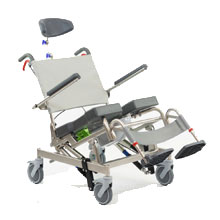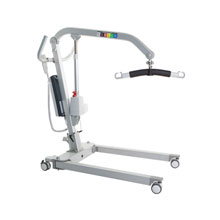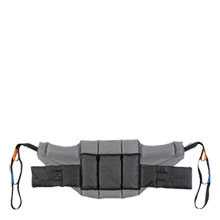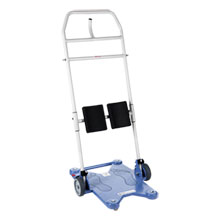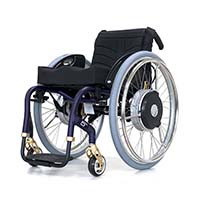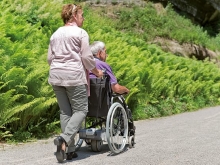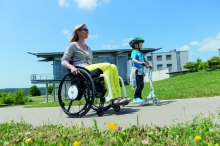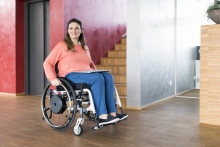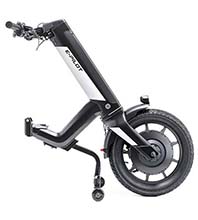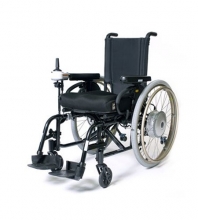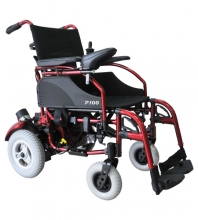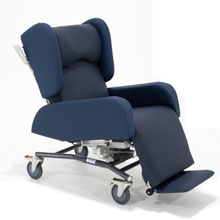
Yes, understanding how the equipment will affect shoulder health is crucial and this is something that I talk about extensively if you have been in one of my courses. But what about how the shoulder at its current state of health and future health will impact the client in the equipment we are selecting? We cannot determine the most appropriate equipment for a client without understanding their shoulder health and we CANNOT assess the shoulder if we do not ask questions and get hands-on.
This is why we need to know as much or more than the sports physio. We are assessing a shoulder to perform at a high level with activities that the shoulder was not designed for. Now some of our clients may have a fully intact, strong shoulder with no reports of pain similar to an athlete or they may even be an athlete themselves. But many of our clients will have already existing shoulder impairments and pain. It is our job not only to understand what we need to complete in an assessment to determine their equipment selection such as their environment and goals, but we also need to be able to assess and understand a complex shoulder joint and how this will impact our decision.
It is a big responsibility, but also one that can really show our level of education, assessment and critical thinking skills.


